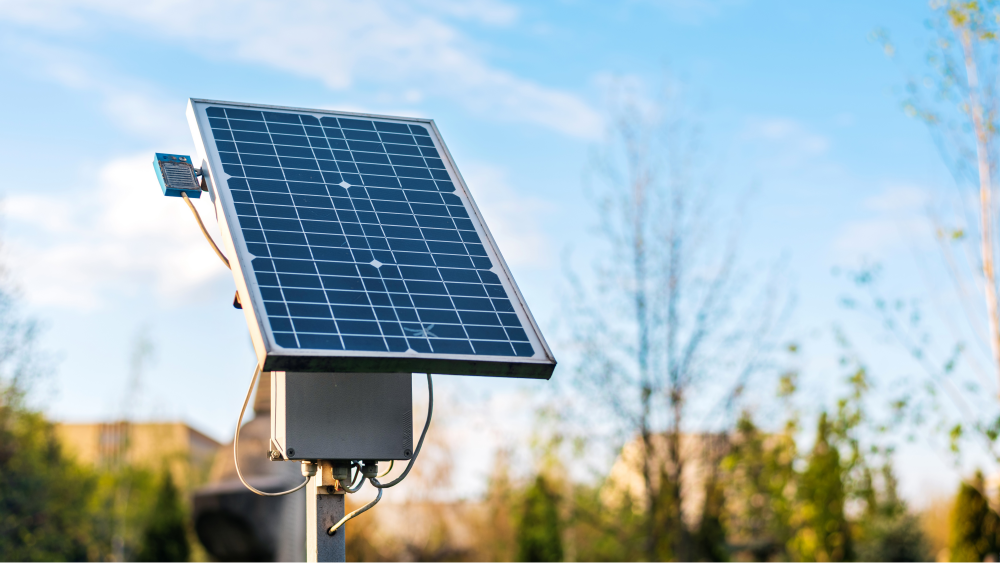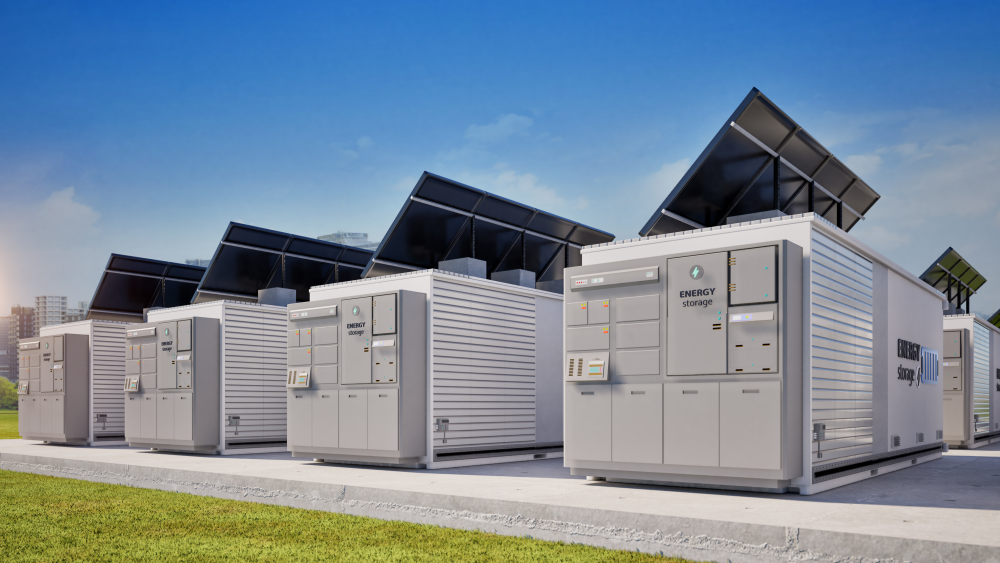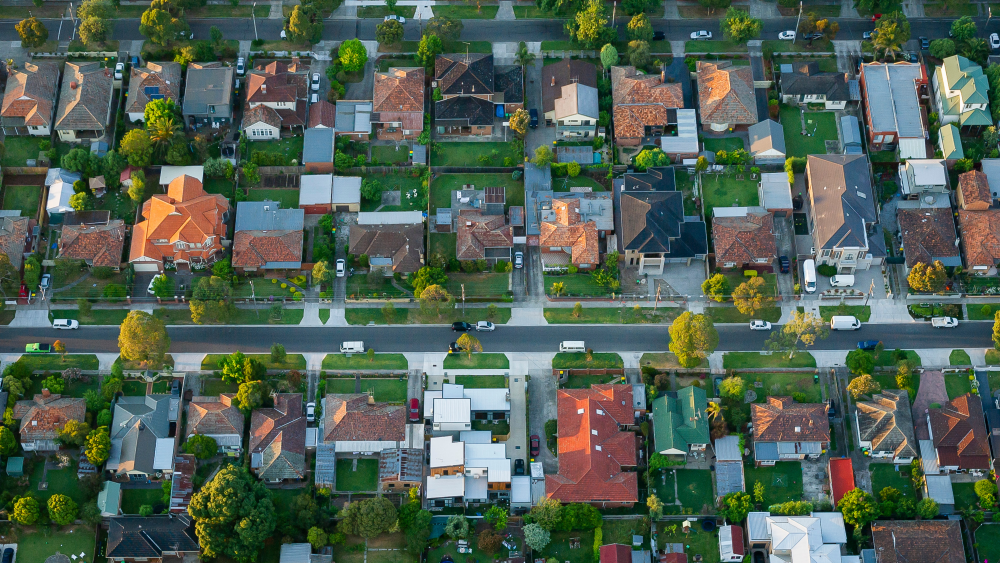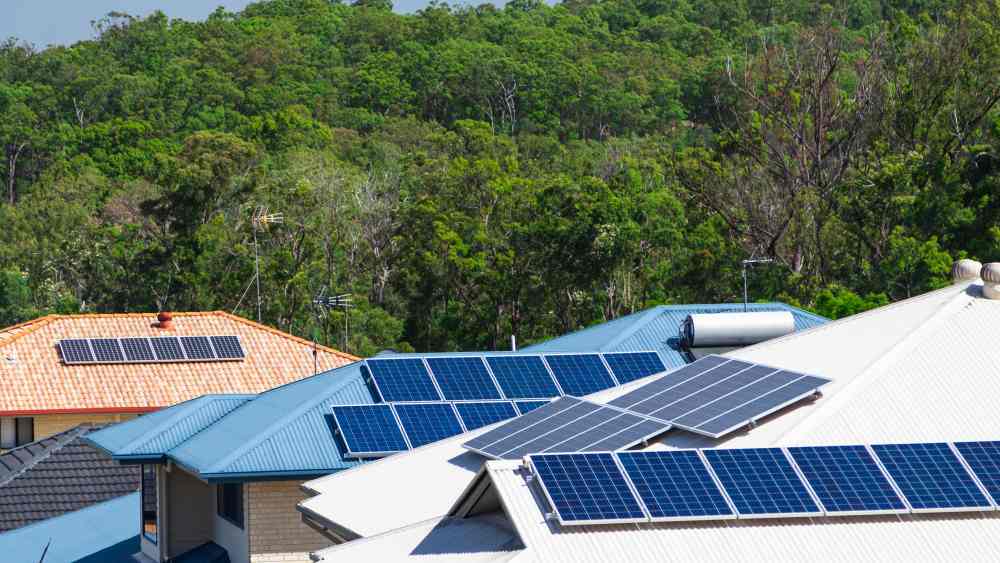Private capital is shifting towards distributed energy solutions, including batteries (BESS), EV charging, and fleet electrification, rather than solely focusing on large, centralised projects. These assets can be deployed more quickly, rolled out site by site, and generate steady returns by reducing peak demand, shifting load to cheaper times, and enhancing resilience.
In Australia, rising power and network charges, along with growing industry support for local storage and charging, are accelerating this shift. For businesses, behind-the-meter solar and distributed energy storage can keep energy costs predictable, make fleet charging at depots easier, and cut dependence on a stretched grid, while helping avoid some of the delays that come with big transmission and grid connection projects.
The distributed energy shift: capital goes where the value is
Private capital is moving toward distributed energy because it’s closer to customers, quicker to build, and easier to scale site by site.
A recent example is GDEV Management, which secured more than US$200m for a fund focused on distributed batteries, EV charging, and fleet electrification, rather than only big utility-scale projects.
Globally, investors are leaning into energy-transition assets that expand renewable capacity and modernise infrastructure. That trend naturally favours distributed solutions, which can be rolled out faster and sidestep many of the long delays that come with building new transmission lines and securing grid connections. KPMG’s Energy Transition Investment Outlook points to rising opportunities across storage, electrification, and efficiency as capital keeps flowing into the transition.
In Australia, the IGCC’s 2025 State of Net Zero Investment reports survey responses from 65 investors managing about AU$4.2 trillion on behalf of Australians, with more than three-quarters having net zero by 2050 targets. These signals support ongoing allocations to renewables, including distributed solar, BESS, and localised infrastructure.
Why distributed now: advantages over utility-scale projects

Utility-scale builds are running into bottlenecks. Investor surveys point to transmission delays, slow planning approvals, and costly, slow grid connections as the main reasons capital is held up, pushing money toward projects that can be delivered faster and with fewer grid hurdles. Distributed solutions are also more flexible. They can be delivered site by site, scaled gradually, and tailored to local load, tariffs, and grid capacity.
Analysis of 2025 trends highlights growth in virtual power plants, onsite storage, and multi-site EV charging, enabling businesses and funds to stage capex, manage risk, and utilise available grid capacity as it comes online.
Grid data backs the shift. In Q2 2025, distributed solar PV set new quarter records across all NEM regions, lowering daytime operational demand, while broader network constraints still challenge large, connection-dependent assets. That makes distributed energy a faster way to add capacity and resilience.
As Arche Energy CEO and founder Andrew Murdoch puts it:
“The combination of increasing wholesale electricity costs — combined with substantial increases in network charges — incentivises homes and businesses with access to roof space to provide their own power. So, it makes sense that smart fund managers are pursuing opportunities to invest in decentralised systems”.
The Australian market is sending clear signals

Prices and tariffs are sending a clear signal. The AER’s draft Default Market Offer points to power bills rising from July 2025, about 2.5% to 9% for households and 4.2% to 8.2% for small businesses, mainly from higher wholesale and network costs.
At the network level, Ausgrid’s 2025–2026 price list includes demand-based charges for small businesses (eg EA256 consists of a peak demand charge per kW per day). That’s why storage and load-shifting matter for managing bills.
Policy is pushing in the same direction. The Commonwealth and states are using Renewable Energy Transformation Agreements (RETAs) to help reach 82% renewable electricity by 2030, with minimum capacity allocations flowing through the Capacity Investment Scheme, supporting more storage and distributed energy to be built sooner.
DER and community batteries are scaling. The Australian Renewable Energy Agency (ARENA) has conditionally approved up to $143m for up to 370 community batteries (around 281MWh) to relieve local constraints and unlock more rooftop solar.
At the same time, rooftop solar supplied 12.8% of Australia’s electricity in H1 2025, reinforcing the case for distributed energy storage close to customers.
How distributed energy and BESS deliver value for investors and businesses
Private capital is backing assets that sit close to customers because they are faster to deliver and easier to scale site by site. For Australian businesses, combining distributed energy storage with solar and EV charging can help reduce peak demand, smooth bills, and enhance resilience.
Behind-the-meter solar and batteries
On many business tariffs, demand charges are set by your highest 15- to 30-minute interval during peak times (as recorded by smart meters). Pairing rooftop solar with BESS solutions lets sites shift load and trim those peaks, stabilising costs across the year.
EV charging and fleets
Batteries at depots can buffer fast charging so it doesn’t spike demand, while public networks are expanding to support fleet operations.
Recent programs include NSW’s funding for 246 fast and ultra-fast sites and South Australia’s statewide network delivered with RAA (alongside the Commonwealth’s Driving the Nation backbone with NRMA) making staged, site-by-site electrification more practical.
Community and precinct batteries

ARENA has backed hundreds of community batteries nationwide to ease local constraints, unlock more rooftop solar, and provide shared resilience benefits for towns, schools, and public facilities, strengthening the case for storage close to customers, not just large, centralised assets.
Distributed assets create value where energy is used: lower peaks, steadier bills, and a clearer path to electrify fleets.
Click the Enquire Now button to set up a call or coffee with one of our people to learn how Arche’s experience can help turn these opportunities into practical, investment-ready projects.
